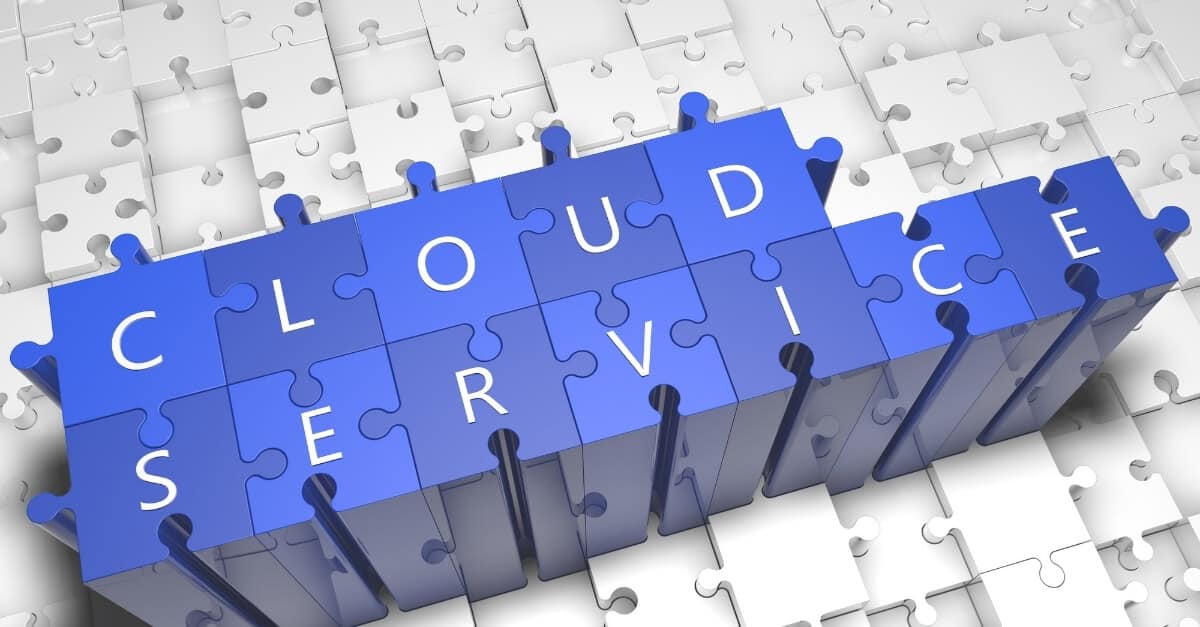What are the things to consider when implementing strategy for cloud disaster recovery?
The purpose of cloud disaster recovery is nearly similar to conventional DR: preserving sensitive business resources and ensuring that it is possible to access and recover protected resources to continue regular business operations. DR is a core element of every plan for Business Continuity (BC).
Traditional DR options were given to specific DR and second-site implementations before the emergence of cloud connectivity and self-service technologies. Local DR has not always covered catastrophes like fires, floods, and earthquakes. A second site, off-site DR, offered much stronger physical disaster security but incurred considerable business costs for installing and maintaining a second data center.

First, a company must consider the physical distance and latency of the cloud services— placing DR too near increases the risk of mutual physical catastrophe, but putting DR too far away increases latency and network speed, making it harder to access DR material. Location can be especially troublesome when DR content needs to be accessible from multiple global locations. Next, consider the reliability of cloud disaster recovery providers. Only a cloud experiences downtime and service downtime can be equally catastrophic for the company during recovery.
Finally, remember how you need to architect the DR platform. DR has three basic approaches: cold, warm, and hot. The ease with which a system can be restored is closely linked to these words.
Usually, Cold DR requires data or virtual machine (VM) image storage. These tools are usually unavailable without additional work, such as uploading the stored data or loading the image into a VM. Cold DR is typically the quickest solution and least costly approach—often just storage—but it takes the longest to recover, leaving the organization with the most extended downtime after a disaster.
In general, Warm DR is a standby method where duplicate data and applications are put with a cloud disaster recovery provider and held up to date in the primary data center with data and applications. But the same tools do not do processing at all. The warm DR can be brought online to restart operations from the DR provider when a catastrophe strikes — often starting a VM and redirecting Domain names and traffic to the DR services. Recovery can be relatively short, but some downtime for the covered workloads is still needed.
Hot DR is usually a live parallel data and workload implementation that works together. In other words, both the primary data center and the DR platform use the same coordinated workload and data — both sites share the entire application traffic. If a catastrophe hits a building, the remainder of the site will continue to function without interruption, with enterprises opting for cloud implementation services. Ideally, consumers are not aware of the disturbance. Hot DR has no downtime, but it can be the most costly and challenging solution.
Cloud disaster recovery vs. traditional disaster recovery
Cloud computing services can offer disaster recovery, a cloud storage service that enables device data on a remote cloud-based network to be stored and retrieved. Let’s compare it to conventional disaster recovery to understand better how disaster recovery in cloud computing means.
A secondary data center that can hold all redundant copies with critical data and failover production workloads is an integral element of conventional disaster recovery. In general, a typical on-premises DR site contains the following:
- A dedicated IT infrastructure housing facility, including maintenance workers and computer equipment.
- Sufficient server space to maintain a high operating efficiency level and scale up or scale down the data center depending on the business needs.
- Internet networking with ample bandwidth allows the secondary data center to have remote access.
- Network infrastructure maintains a stable connection between the primary and secondary data centers, including firewalls, routers, and switches, and provides data availability.
Traditional disaster recovery, however, can often be too challenging to manage and monitor.
Also, it can be too costly and time-consuming to support and maintain a physical DR site. Working with a data center on-site, you can only increase your server capacity by buying additional computing equipment that can take a lot of time, resources, and effort.
Perform a risk assessment and business impact analysis.
The first step in disaster recovery planning is to analyze your existing IT infrastructure and communicating the same cloud migration services. These key professionals can also help recognize the possible threats and risk factors to which your company is most vulnerable.
A risk assessment helps you identify the IT infrastructure vulnerabilities and identify the business functions and modules that are most relevant. At the same time, an analysis of the business impact helps you predict how unexpected improving functional could affect your company.
You can also measure the financial and non-financial expenses involved with a DR case, particularly the Recovery Time Objective (RTO) and Recovery Point Objective, based on these estimates (RPO). The RTO is the cumulative period that your company can affect the IT infrastructure before any real harm is done. The RPO is the maximum amount of information that can be lost as a consequence of service interruption.
Understanding the RTO and RPO will help you determine which data and applications to safeguard, how much resources to invest in achieving DR goals, and which DR strategies to execute in your DR strategy based on the cloud.
Implement prevention, preparedness, response, and recovery measures.
The next step is to determine the prevention, preparedness, reaction, and recovery (PPRR) applied in the cloud computing environment for disaster recovery. PPRR interventions can, in a nutshell, achieve the following:
- To avoid a catastrophe from happening in the first place, mitigation helps you reduce potential risks and remove device vulnerabilities.
- Preparedness includes creating a DR strategy overview that states what to do during an actual DR case. To ensure that the DR process is appropriately implemented during a crisis, remember to record every process step.
- Response explains which DR techniques should be implemented to resolve an event and minimize its effect when a disaster strikes.
- Recovery defines what can be done in the event of a tragedy to restore your infrastructure successfully and how to mitigate the damage.
You should select a data protection solution to put your DR strategy into action and achieve DR targets after deciding which approach to disaster recovery to implement. Choose the service provider who can offer cloud disaster recovery solutions that suit your business needs and comply with your infrastructure specifications. Consider the following conditions for this purpose:

- Available services
- Hardware capacity
- Bandwidth
- Data security
- Ease of use
- Service scalability
- Cost
- Reputation
Organizations need to assess each potential product for factors such as reliability, associated expenses, ease-of-use, and provider support, given the abundance of DRaaS offerings. To ensure that DR is accessible and will work as expected, every DR platform must be regularly updated and reviewed.


